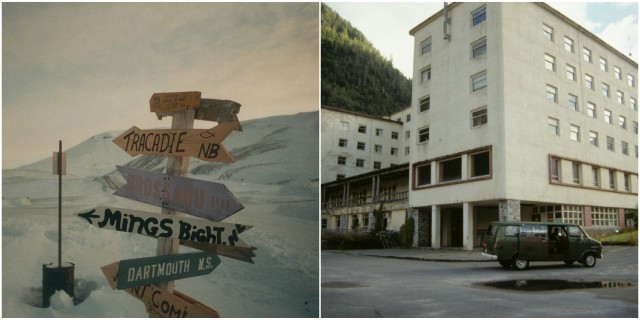Around the second half of the 20th century, lots of company-owned towns across North America started closing down operations and moving out its residents. These 3 towns in the article are an example of what actually happened in Canada.
Ocean Falls
Deep inside the Central Coast Regional District of British Colombia, at the head of Cousins Inlet fjord lies the town of Ocean Falls. The town was once a small but a very successful community which at its peak counted more than 3,000 residents. It is now town just a shadow of its former self, and while not entirely abandoned, because of its isolated and hard to reach location it’s been deemed as a ghost town.
On one side the downfall of Ocean Fall can be blamed on the rapid decline of the local industry. However, on the other hand, this company owned town can be viewed as an example of the everlasting negative effects caused by ruthless capitalism.
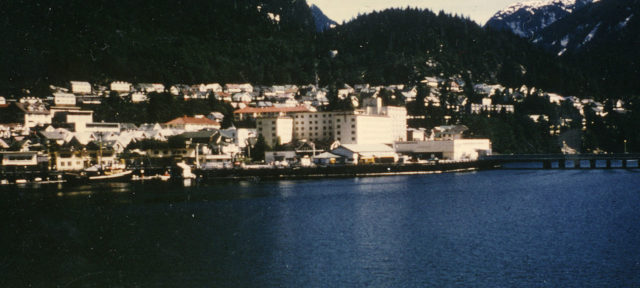
Before the European settlers and the companies took over, Ocean Falls was populated by the Aboriginal people of Kwakwa (Kwakiutl) and Nuxalk (Bella Coola). For 9,000 years they lived in peace and prosperity, with their own culture and language, away from the modern world.
However, starting from 1906, everything changed. The Bella Coola Pulp and Paper Company, impressed by how fertile the land is and the abundance of fresh natural water coming from the waterfall, bought 260 acres of land. And very quickly, the construction of a paper mill town began.
By 1912, the town was up and running. All of the workers and their families had a home, there was a small school, a hospital, a store, the construction of a hotel was underway and the paper mill was in production. The town continued to strongly grow and expand, becoming a full-fledged town after Pacific Mills took over the work of the mill and timber business.
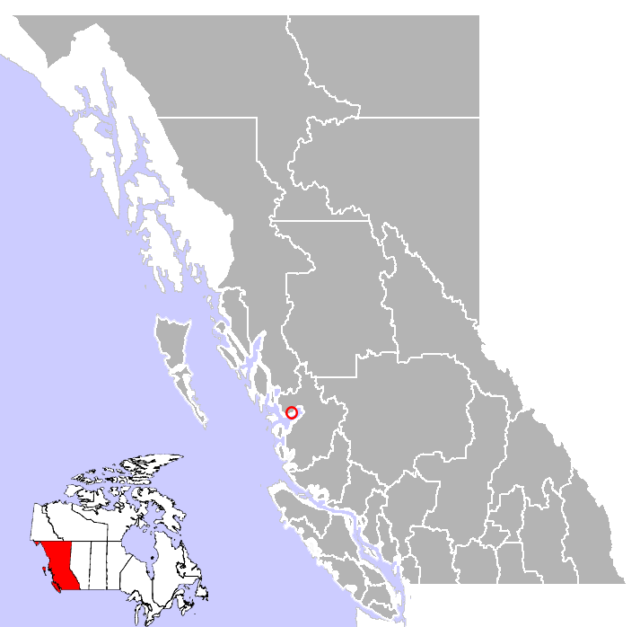
It continued in this fashion until the end of the 1960s, yet again under a new owner, the Crown Zellerbach company. However, at the beginning of the 1970s, things for Ocean Falls changed radically. The mill was in a dire need of an upgrade and reparations. But considering how secluded the town was and the costs that would take to modernize the facility, Zellerbach decided to pull the plug and stop manufacturing. By March 1973, Ocean Falls was out of business.
In an effort to save it, the provincial government bought the entire town and mill from them for $1 million. But all that they accomplished was for the facility to stay open for another 7 years. By then, the entire paper industry had changed. Problems with the machinery coupled with the extremely high production costs lead to a tremendous decrease in profit. Workers started getting downsized, which caused for the people of Ocean Falls to rapidly move out and start looking for a place to live.
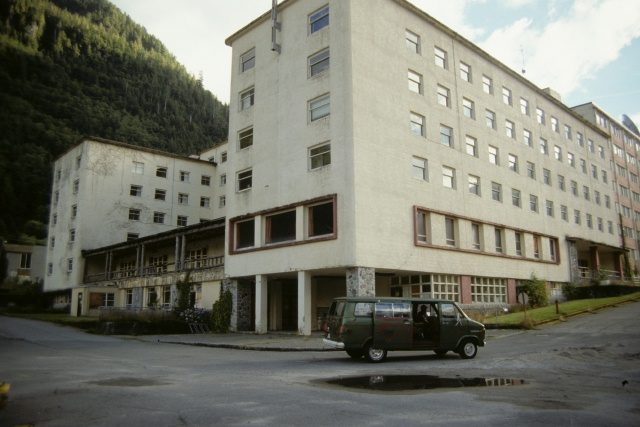
Finally, the government was left with no choice but to announce that the factory was closing. And this time it was for good. On May 31, 1980, it became official, which inherently was the end of Ocean Falls.
Today, most of the town’s apartment buildings and houses have been destroyed, and those that are still standing are in a state of atrophy. Nevertheless, somehow, a small residential community still lives there, choosing to stay and to fight for the town’s preservation. Accessible only by boat or plane, Ocean Falls has come back full circle from where it started.
Nanisivik
Meaning “a place where people find stuff”, the town of Nanisivik was established in 1975, mainly as a means to support the mining operations. Located in the Nunavut territory, deep in the of north Canada, for 26 years Nanisivik functioned under very strict rules and tight schedules, where all miners and residents lived and worked in grueling conditions at a desolate area, away from civilization. Work was almost non-stop, at least when the weather allowed.
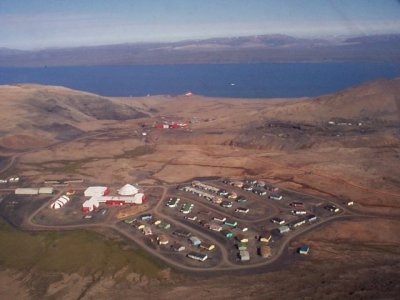
Over 125,000 tons of ore were extracted from the mine on a yearly basis and then shipped into Europe. But as the years went by, the price of metal and resources started to decline. In September 2002 the Nanisivik mine ceased its operations and the town was abandoned.
Still, people of Nunavut hoped that the government would repurpose the place for something else. But after inspection of the area, where huge quantities of lead and zinc were discovered, the site was declared uninhabitable and contaminated. By 2007, all of the town’s houses were destroyed, leaving nothing behind.
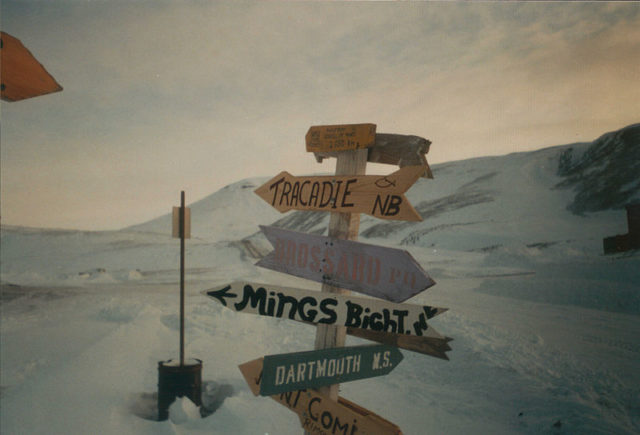
Now, the site is only used for training, by the Canadian Coast Guard.
Anyox
Also located in British Colombia, near the Observatory Inlet in Stewart, the town of Anyox has been abandoned since the 1940s.
It was built from scratch by the Granby Consolidated smelting company, who managed to create a massive ground mining operation, mostly for copper. Almost 3,000 residents lived and worked in this tiny village, where the only thing that they could do for fun was play golf in their spare time. For a long time, Anyox also had the tallest hydroelectric dam in the country, constructed by the famous American engineer John Samuel Eastwood.

In 1923, a huge fire seriously threatened to destroying the town, but somehow Anyox survived and was put back on its feet.
It was the Depression that put an end to all. The copper price fell almost to zero, which made it impossible for Anyox to make any kind of profit. In 1935, the company decided to close down the mine, and little by little all of the residents abandoned their homes.
Since then the town has been left in a state of perpetual ruin, forgotten almost by everyone.
